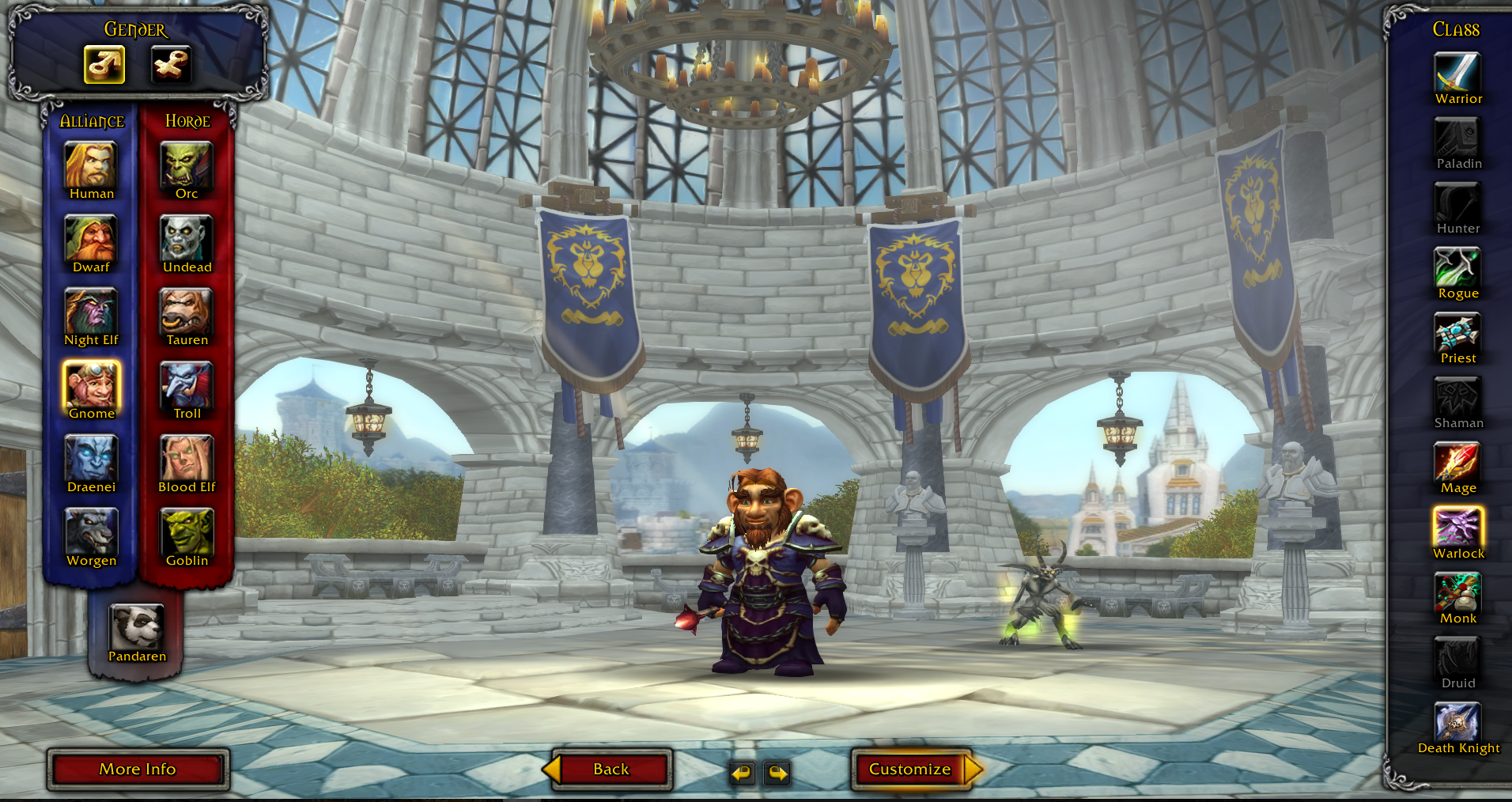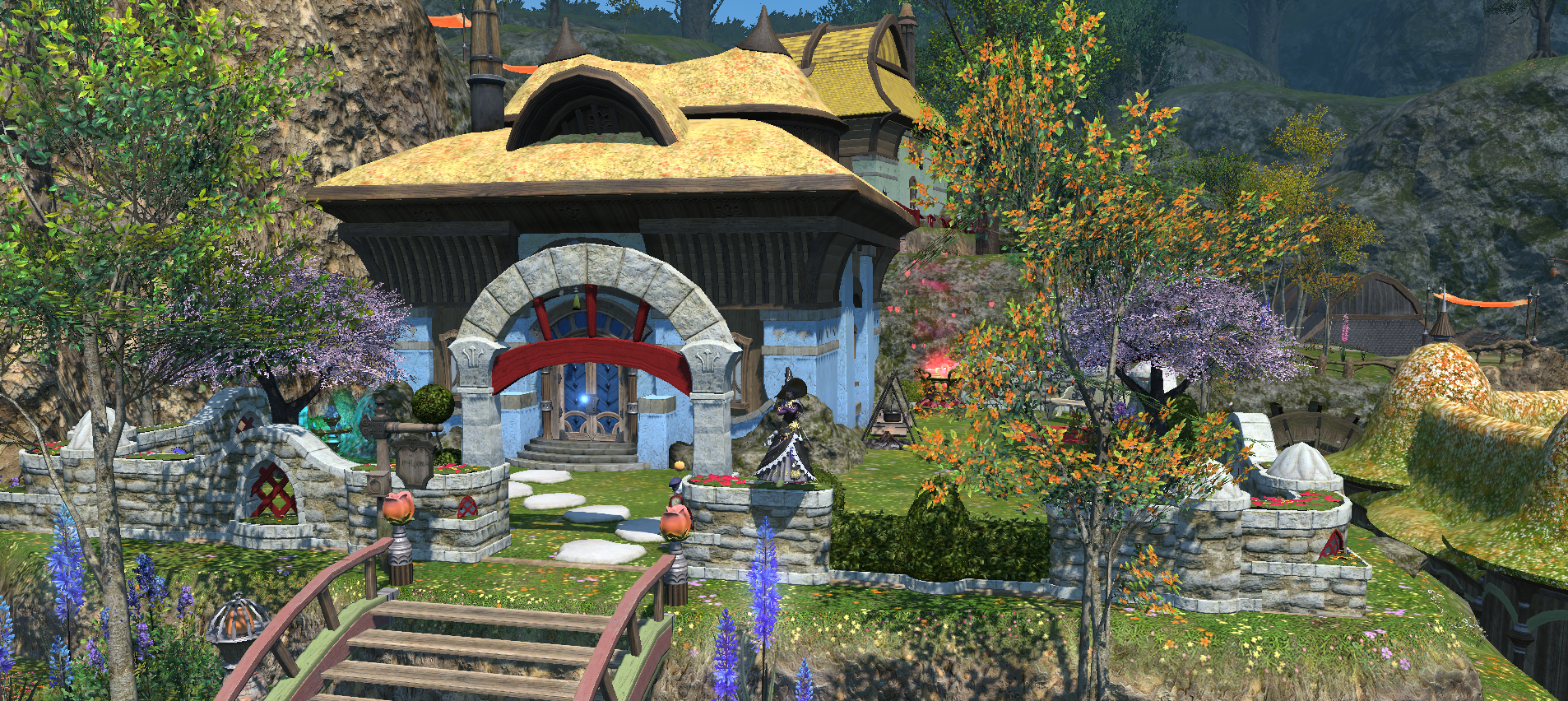Digital Identity Role-Play Guidelines

Objectives:
- Engage in Immersive Role Play
- Conduct a phenomenological analysis of identity development in virtual worlds.
- Undertake a comparative analysis of two personal digital identities.
- Take field notes. See activity guidelines for complete instructions.
Read:
Martínez, N. M. (2011). Liminal Phases of Avatar Identity Formation in Virtual World Communities. In A. Peachey & M. Childs (Eds.), Reinventing Ourselves: Contemporary Concepts of Identity in Virtual Worlds (pp. 59–80). Springer London. Retrieved from http://link.springer.com/chapter/10.1007/978-0-85729-361-9_4
Note that I authored this article – Martinez was my married name, and I am now Nicola Marae Allain. I have previously conducted the type of research you’ll be doing for this activity.
Read: http://plato.stanford.edu/entries/phenomenology/
Phenomenology defined in The Stanford Encyclopedia of Philosophy :
Phenomenology is the study of structures of consciousness as experienced from the first-person point of view. The central structure of an experience is its intentionality, its being directed toward something, as it is an experience of or about some object. An experience is directed toward an object by virtue of its content or meaning (which represents the object) together with appropriate enabling conditions.
Smith, David Woodruff, “Phenomenology”, The Stanford Encyclopedia of Philosophy (Winter 2013 Edition), Edward N. Zalta (ed.), URL = <http://plato.stanford.edu/archives/win2013/entries/phenomenology/>.
The Research Methods Knowledge Base definition:
Phenomenology is sometimes considered a philosophical perspective as well as an approach to qualitative methodology. It has a long history in several social research disciplines including psychology, sociology and social work. Phenomenology is a school of thought that emphasizes a focus on people’s subjective experiences and interpretations of the world. That is, the phenomenologist wants to understand how the world appears to others.
From http://www.socialresearchmethods.net/kb/qualapp.php

Part I: Create Two Different Digital Identities/Personae/Characters
For this activity, you’ll create two separate avatar identities. These may both be in the same virtual environment/world, or in two different virtual worlds (for example, either both in Second Life, or one in Second Life one in World of Warcraft, or both in World of Warcraft, or one in World of Warcraft and the other in a different virtual or gaming environment/world, etc.). In Module 3, you’ll find detailed guidelines for creating characters and joining communities in World of Warcraft, Final Fantasy XIV A Realm Reborn, Star Wars the Old Republic, and Second Life. Read those before continuing with this activity. For the purpose of this activity, we’ll call the identities either personae, characters, or avatars, with the understanding that we’re essentially referring to the same thing.
Digital Identity One
Your primary digital character for this course should be the avatar which you consider to represent your primary personality/self. Often, but not always, this is the one that most closely resembles your “real-life” self. For example, the human avatar worn by my SL identity Ragitake Takakura (a female human) looks a lot like me in RL. This said, Ragitake is also a dragon in SL, and may appear as a dragon (while still reflecting my primary persona in speech, mannerisms, behavior, and actions).
Your species or gender identity may differ from your real-life appearance (i.e., some males prefer using female avatars, and vice versa, and some people prefer to present themselves as fantasy characters (dragons, elves, fae, etc.) or furries (foxes, wolves, cats, etc.) rather than as human. Choose whichever primary avatar most appeals to your sense of self.
Digital Identity Two
Select a second identity that is distinctly different from your first one. For example, if the first is female and human, either select a male avatar (or otherly gendered character) or non-human avatar for your second identity. If you recall from my article on Liminal Stages of Avatar Identity, my secondary research avatar was Vick Dragonash, a male (Martínez 2011). If you are working in WOW or other game, select a character with significantly different appearance and attributes from your first one.
Spend some time customizing your characters and familiarizing yourself with their environment (s).
Share your avatar identities in Module 1, Week 2.
Part II: As you move forward with the role play activity, examine:
- How you feel when embodying one avatar vs. the other.
- How each character interacts with others in the environment.
- If the differences change how people react and interact with you.
- Whether your communication style and mannerisms change when using the different identities.
- Whether your avatar is adapted to (fits in with) the norms of the community you are visiting.
- If using the different avatars gives you different digital footprints, or if they both contribute to the same digital footprint.
- Any other observations you may have regarding your role-play experience in relation to the course readings.
Write notes about your experiences and observations that will be added to your field notes on virtual community participant/observation (to be submitted in the final course module).

Digital Identity Role-Play Guidelines by Nicola Marae Allain, Ph. D. is licensed under a Creative Commons Attribution-NonCommercial-ShareAlike 4.0 International License.

